
Visa and entry requirements Republic of Congo:
Passport required
German citizens need a visa to enter the Republic of Congo. The visa is issued by the Embassy of the Republic of Congo in Berlin.
Visa costs: 110/155 euros
Information from the Foreign Office about your trip to Congo:
https://www.auswaertiges-amt.de/de/kongorepubliksicherheit/208542
The Republic of the Congo, also known as Congo-Brazzaville or Zaire until 1991, is a country in Central Africa with around 4.6 million inhabitants. The country borders Gabon to the west, Cameroon to the northwest, the Central African Republic to the north, the Democratic Republic of Congo to the east and south, and the Angolan exclave of Cabinda to the southwest and the Atlantic Ocean. The official language of the Congo is French and the CFA franc BEAC is used as payment, with 1 euro corresponding to around 655 XAF.
The Republic of the Congo lies on both sides of the equator and is bordered by the Congo River to the south and southeast. The entire country has a tropical climate and the land area consists of the coastal region, the wet savannah and a high plateau. Almost 62% of the national territory is covered by tropical rainforest, while mangrove vegetation predominates in the coastal region.
The state's population density is very low and the majority of Congolese are Christian.
The country's largest cities include Brazzaville, Pointe-Noire, Loubomo, Nkayi, Ouesso, Madingou, Loandjili, Owando, Gamboma and vaccinationondo.
The economy of the Republic of Congo today is still determined by the communist economy and high levels of corruption. The most important source of income is the extraction and processing of petroleum, which accounts for around 751T3T of state revenue. The country also has significant deposits of gold, diamonds, phosphate, bauxite, iron ore, potash salt, magnesium and copper ore, which have so far been little exploited. The few agricultural exports are cocoa, sugar cane and coffee. Although almost half of the population works in agriculture, plantains, cassava, peanuts, corn and yam are mainly grown for domestic consumption.
The capital of the Republic of Congo is Brazzaville with almost two million inhabitants. Brazzaville is located on the Congo River, directly opposite Kinshasa, the capital of the Democratic Republic of Congo. The two cities are the closest capitals in the world, separated only by the river and connected by a ferry service.
The most important sights in Brazzaville include the landmark of the 106 meter high Tour Nabemba - symbol of power of the communist government, the Cathedral of Brazzaville, the National Museum, the Basilica of St. Anne, the Charles de Gaulle House, the Theater of Congo, the promenade on the Congo - River and the Grand Mosque.
In August 2018 I traveled to the Republic of Congo as the last country on my third big trip to Africa. After I had to cancel my planned trip there a year earlier due to a flight postponement, this year it finally worked out. However, due to my delayed flight from Addis Ababa with Ethiopian Airways, I landed at 5 p.m. instead of the planned 11 a.m. Unfortunately, there was little time to really explore the city.
Brazzaville is far more modern than its opposite Kinshasa. There is a lot less chaos in the city and a lot more pleasant.
The capital's airport was recently reopened and is very modern. What is noticeable, however, are the extremely high taxi and hotel prices in Brazzaville.
Otherwise, the city has relatively few highlights to offer and there are truly more beautiful destinations in Africa.

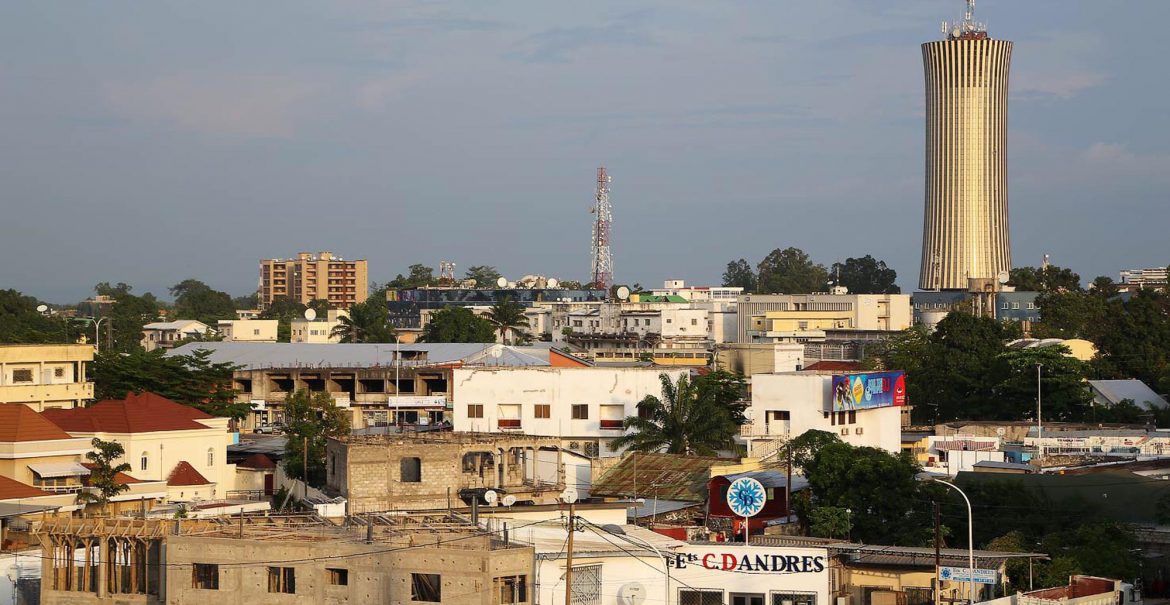
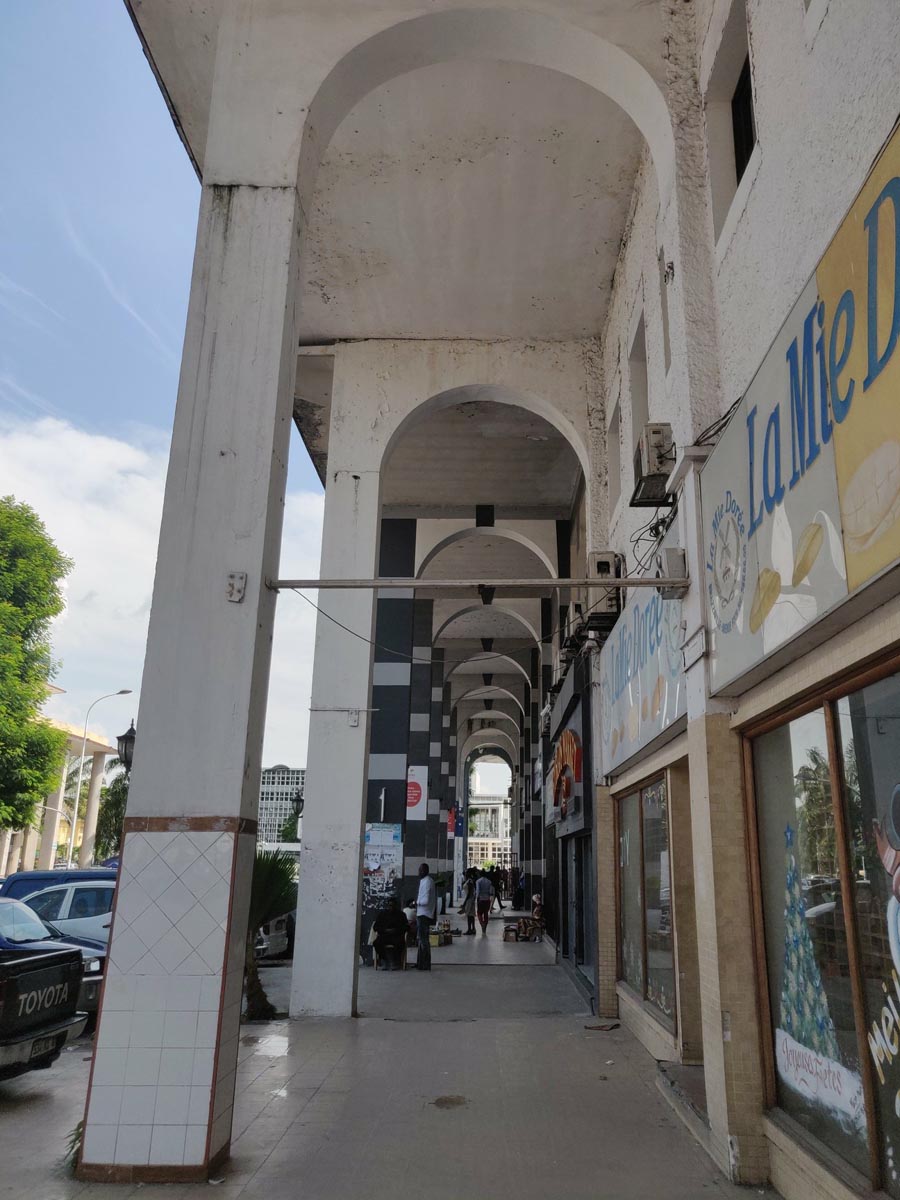
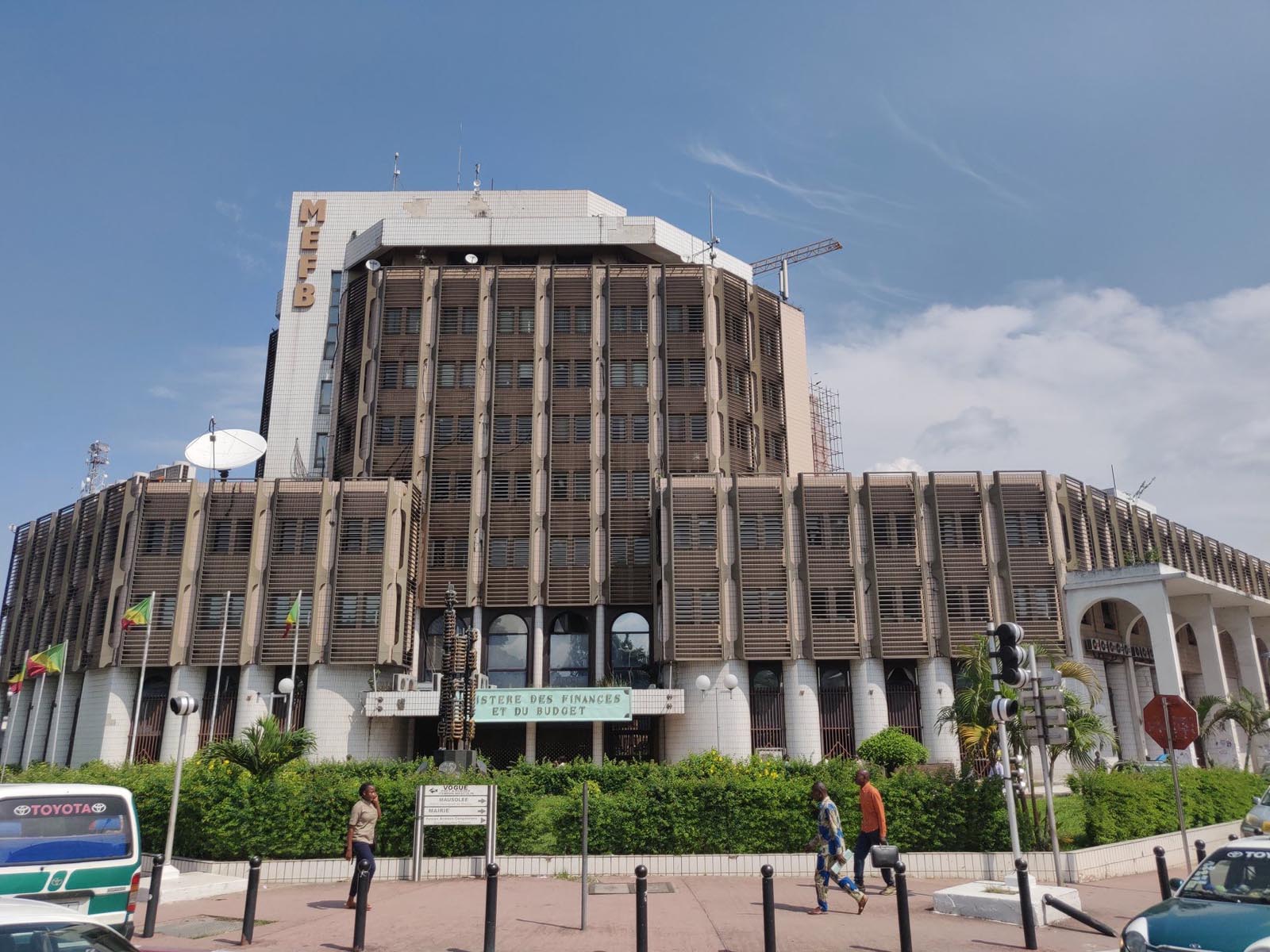

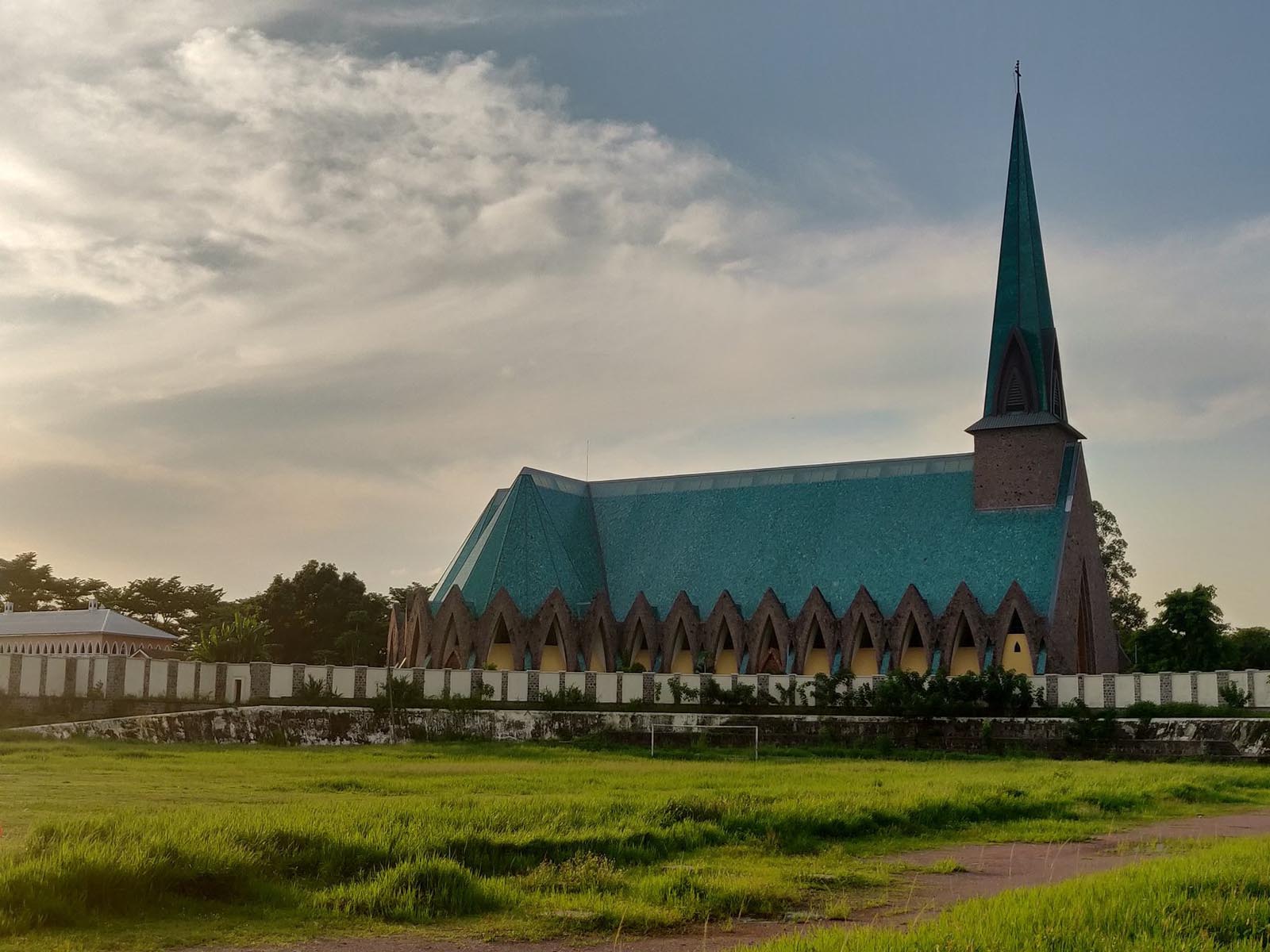


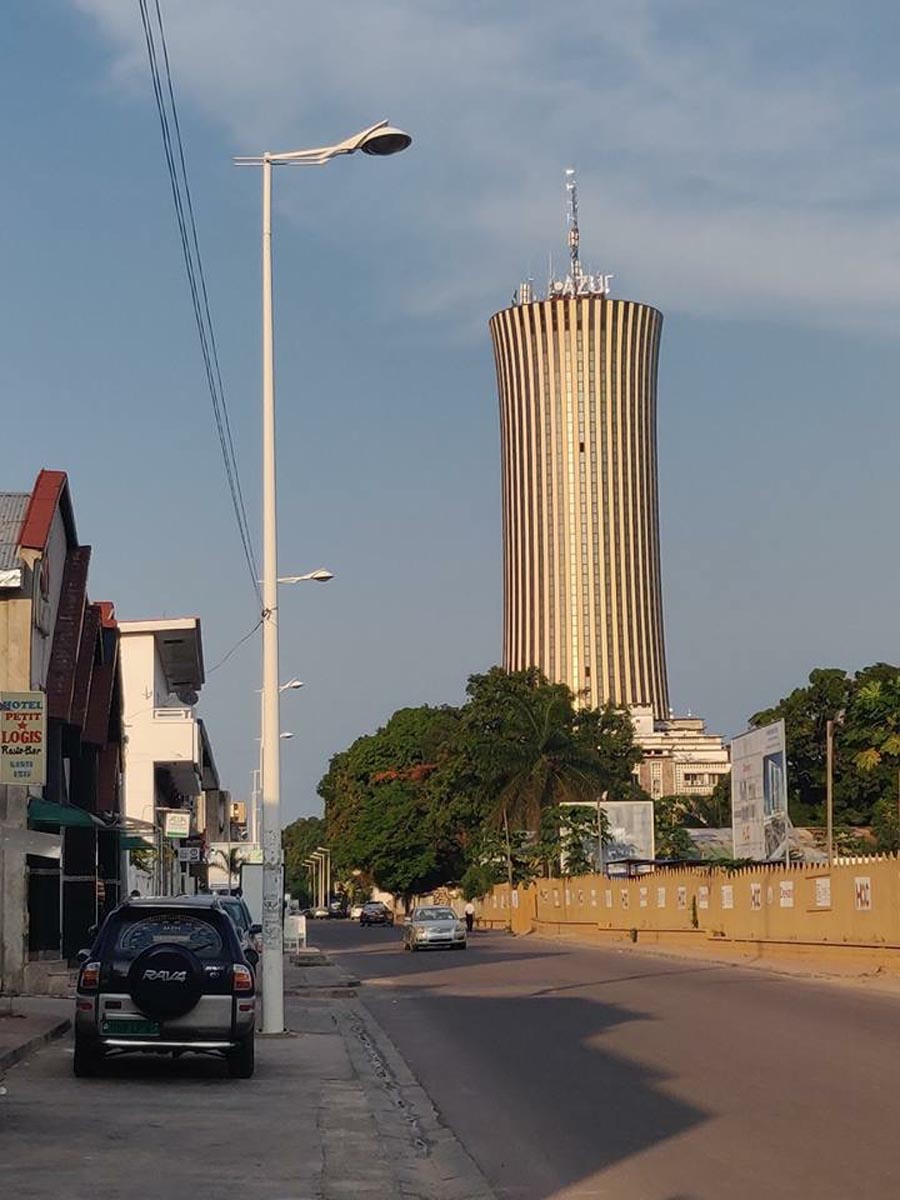


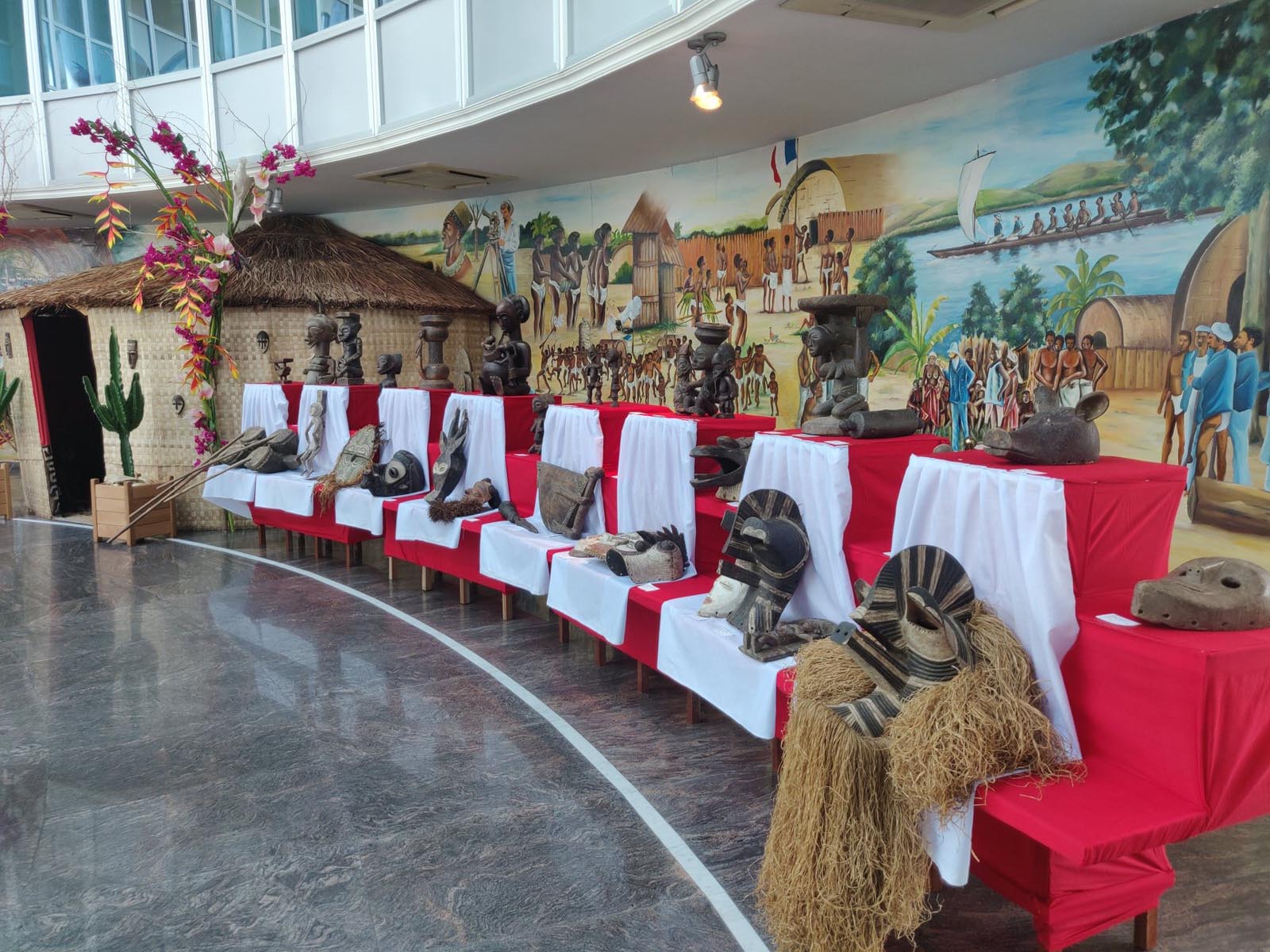

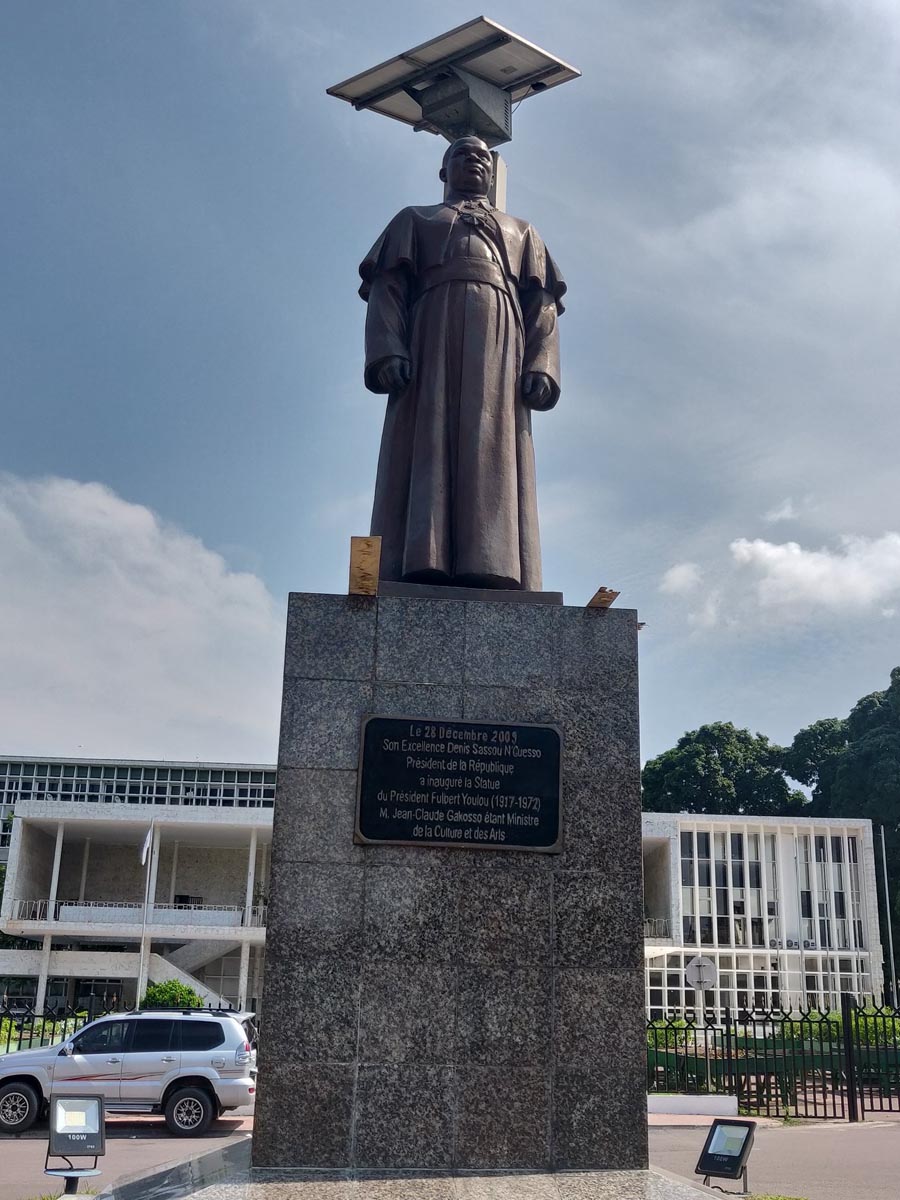
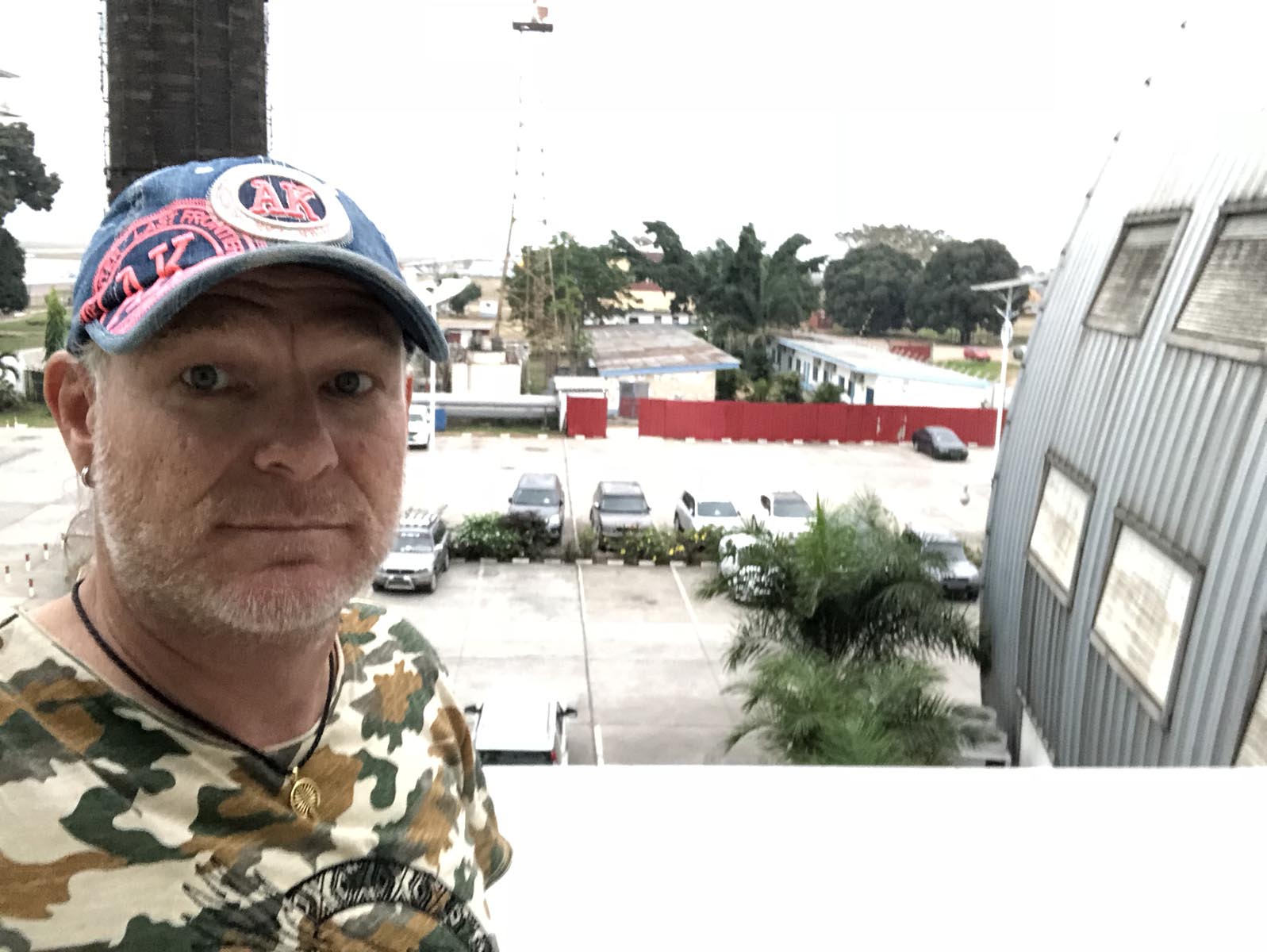
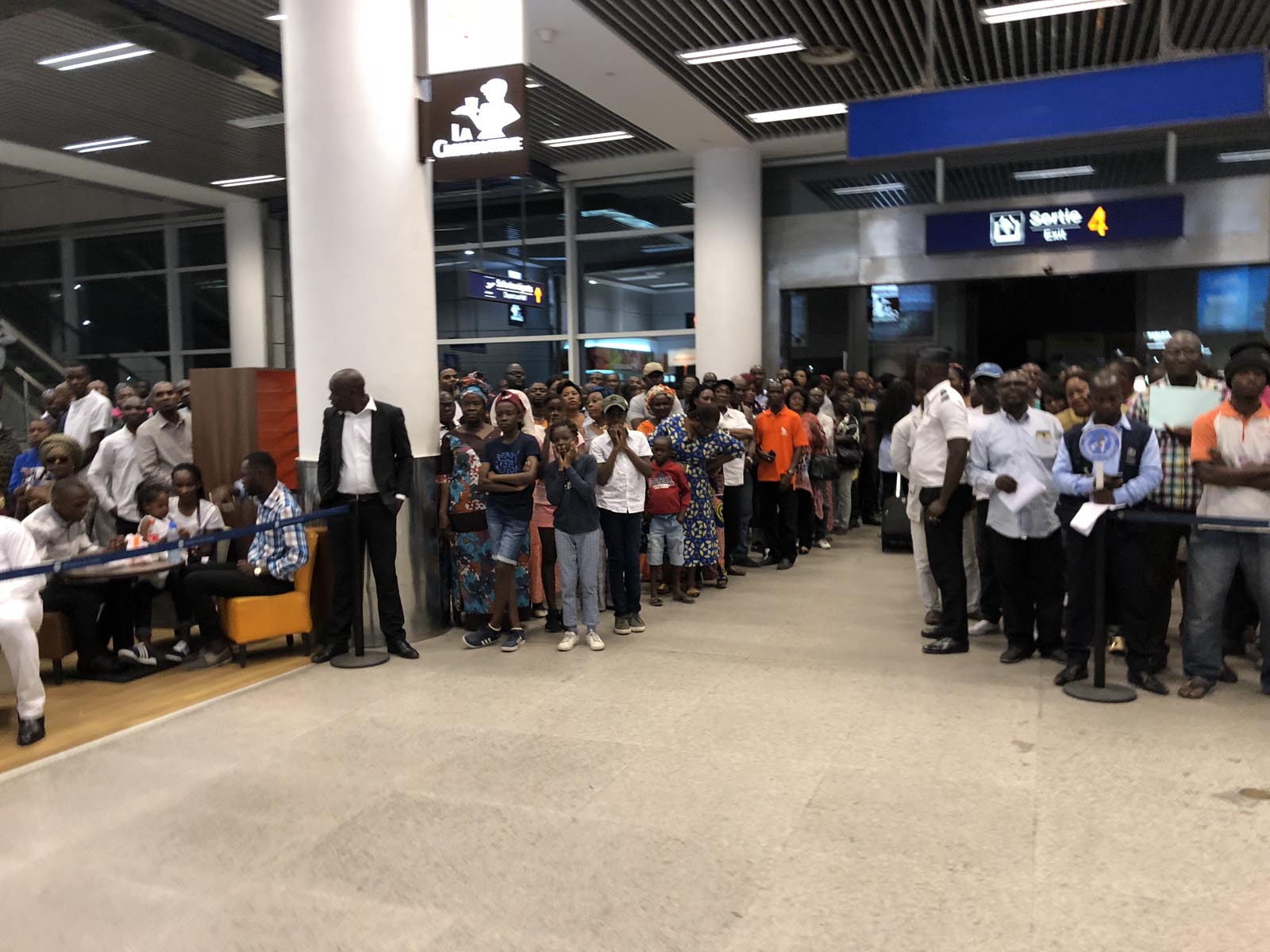
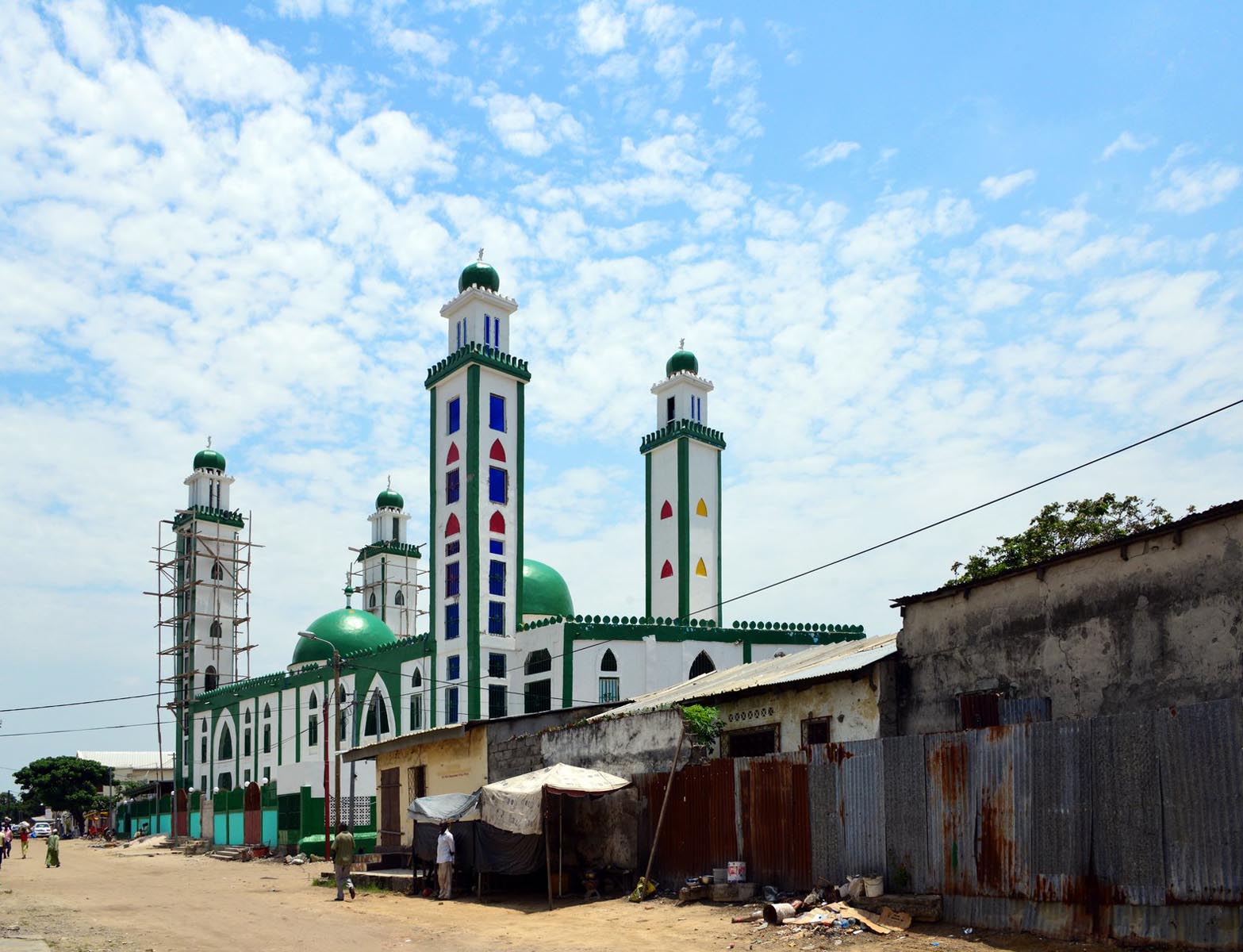
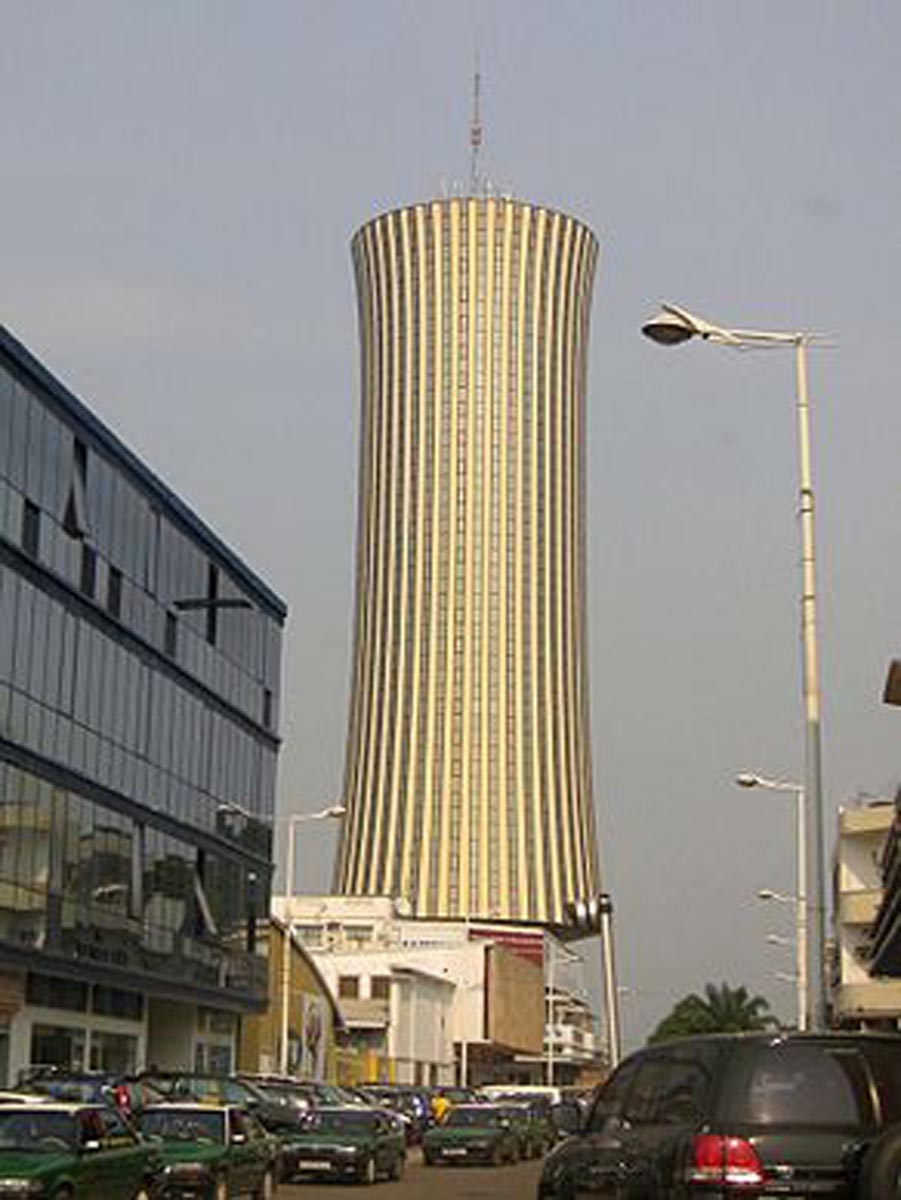
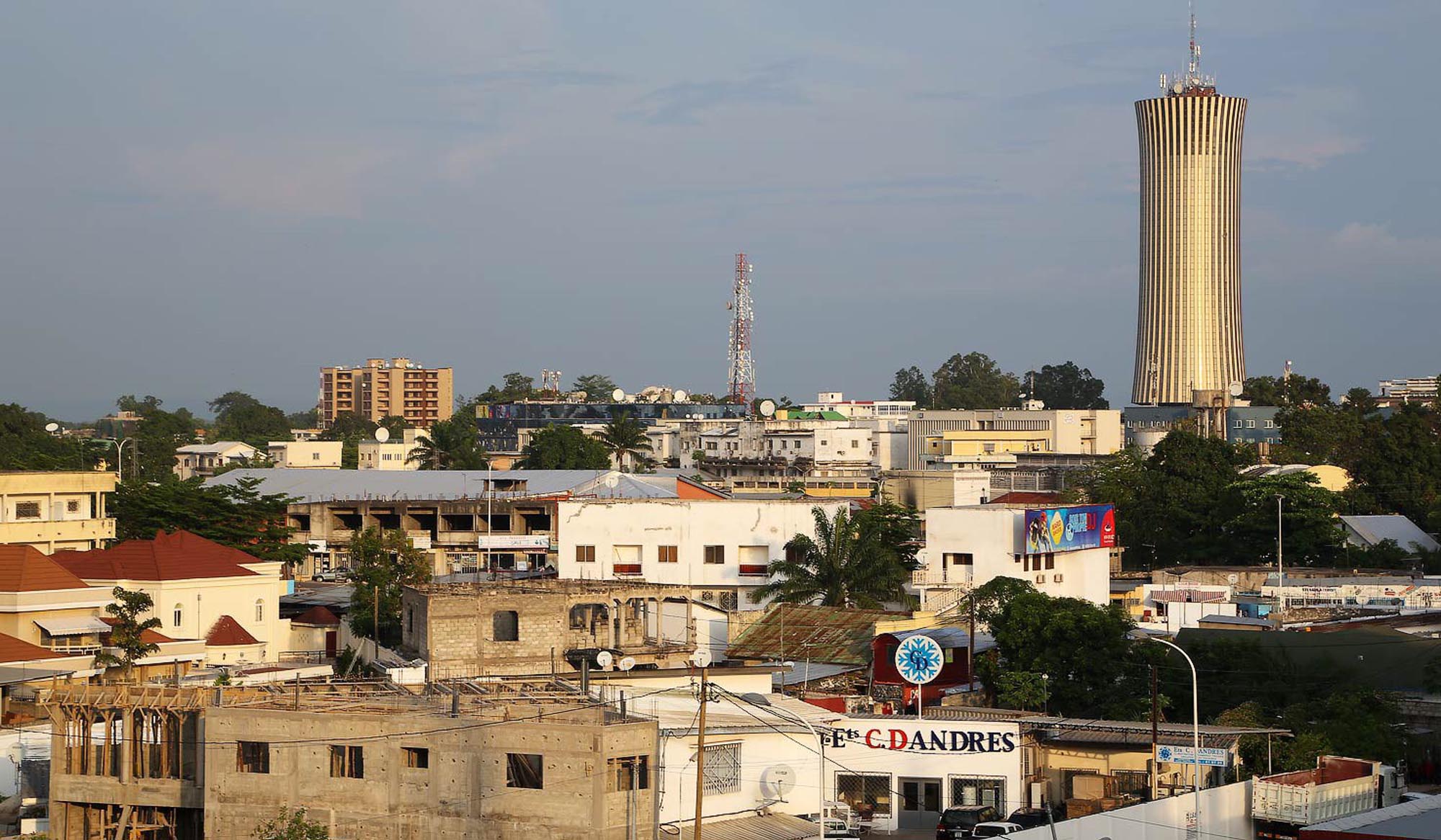
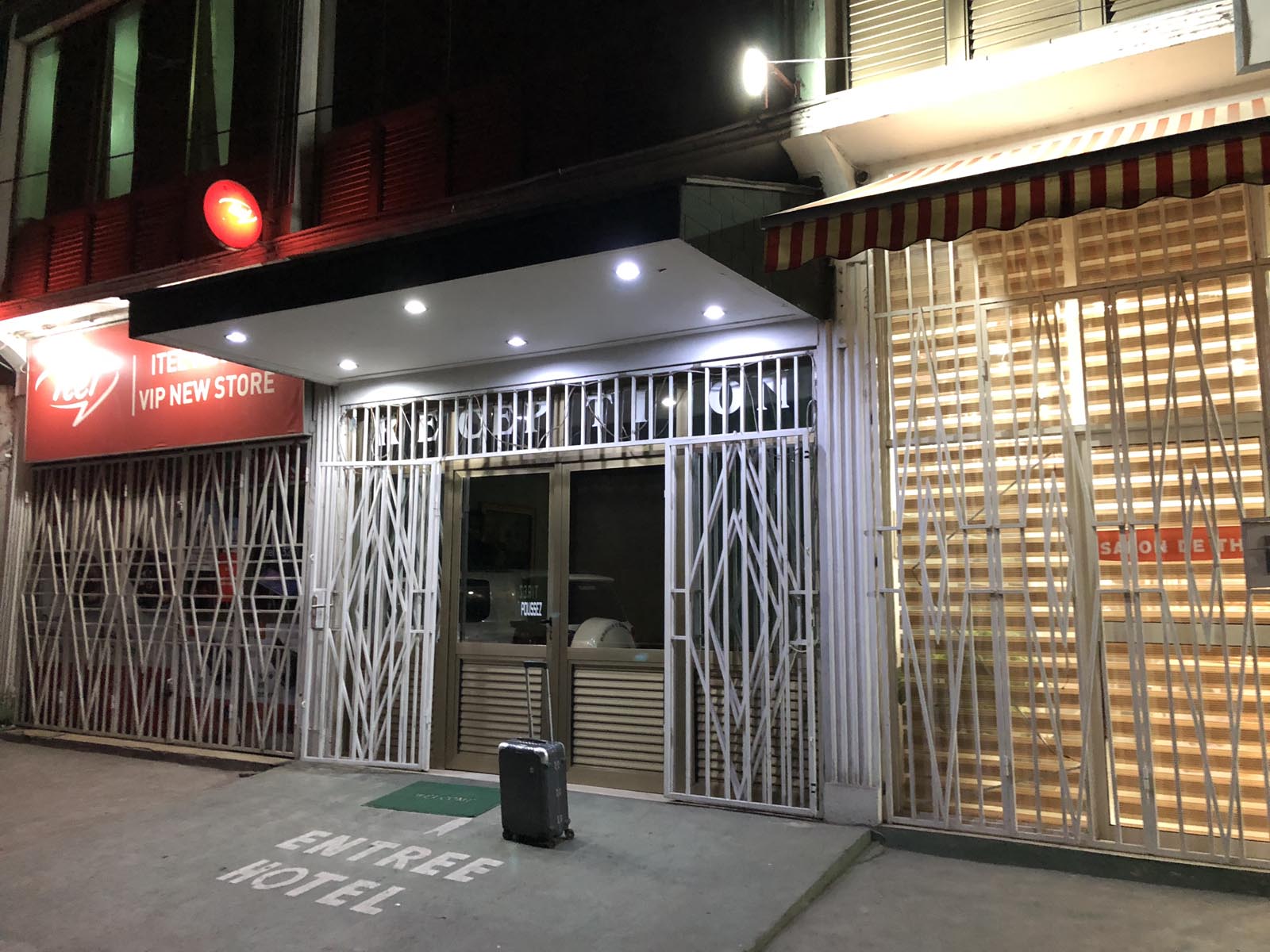

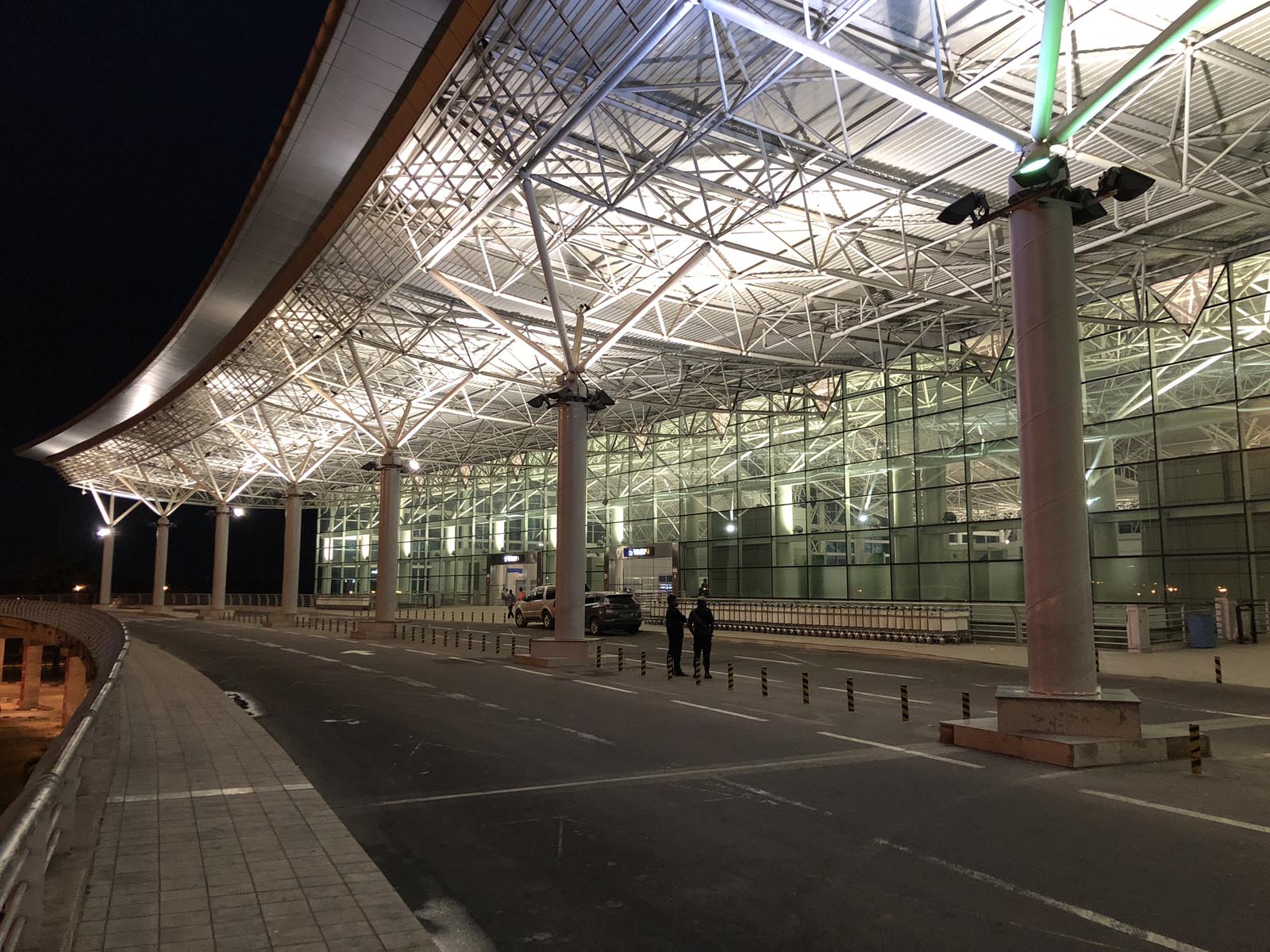
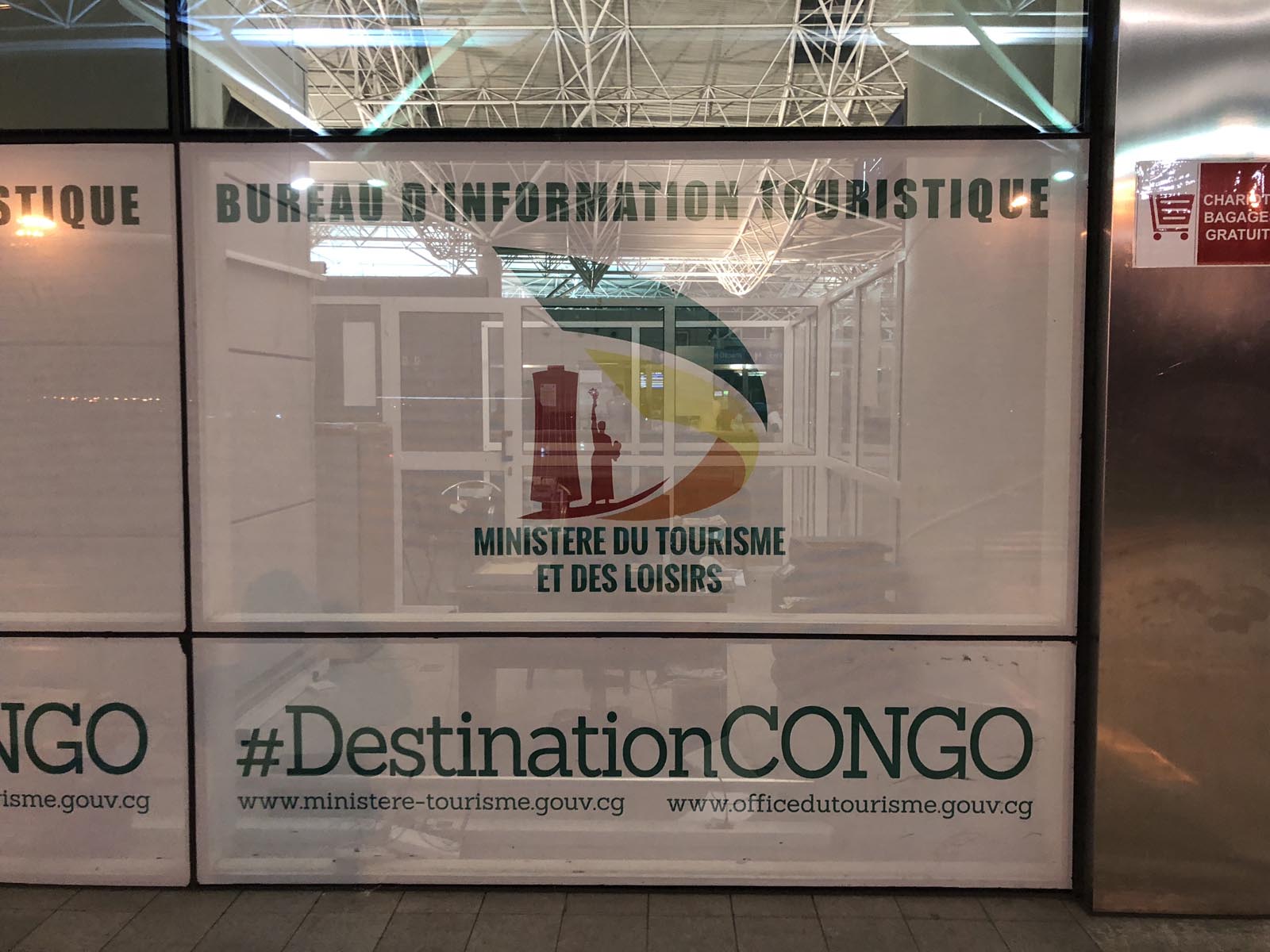

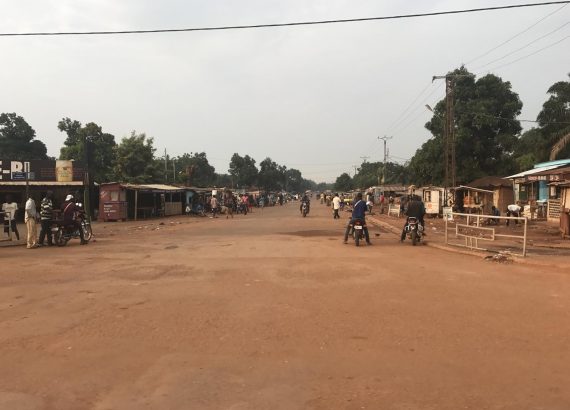
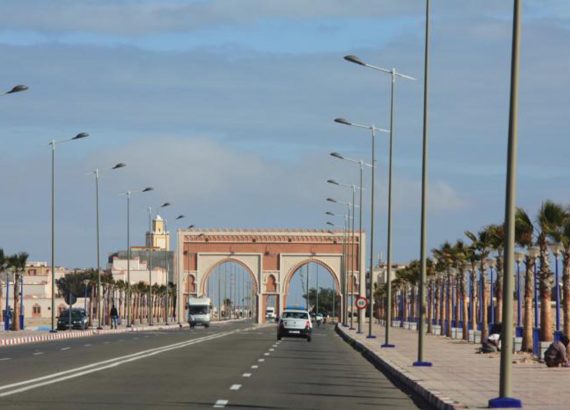
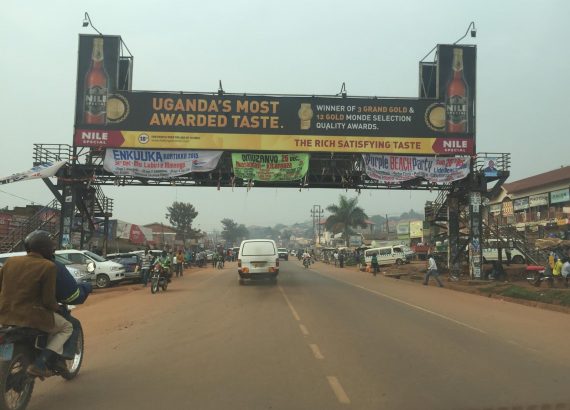
No Comments